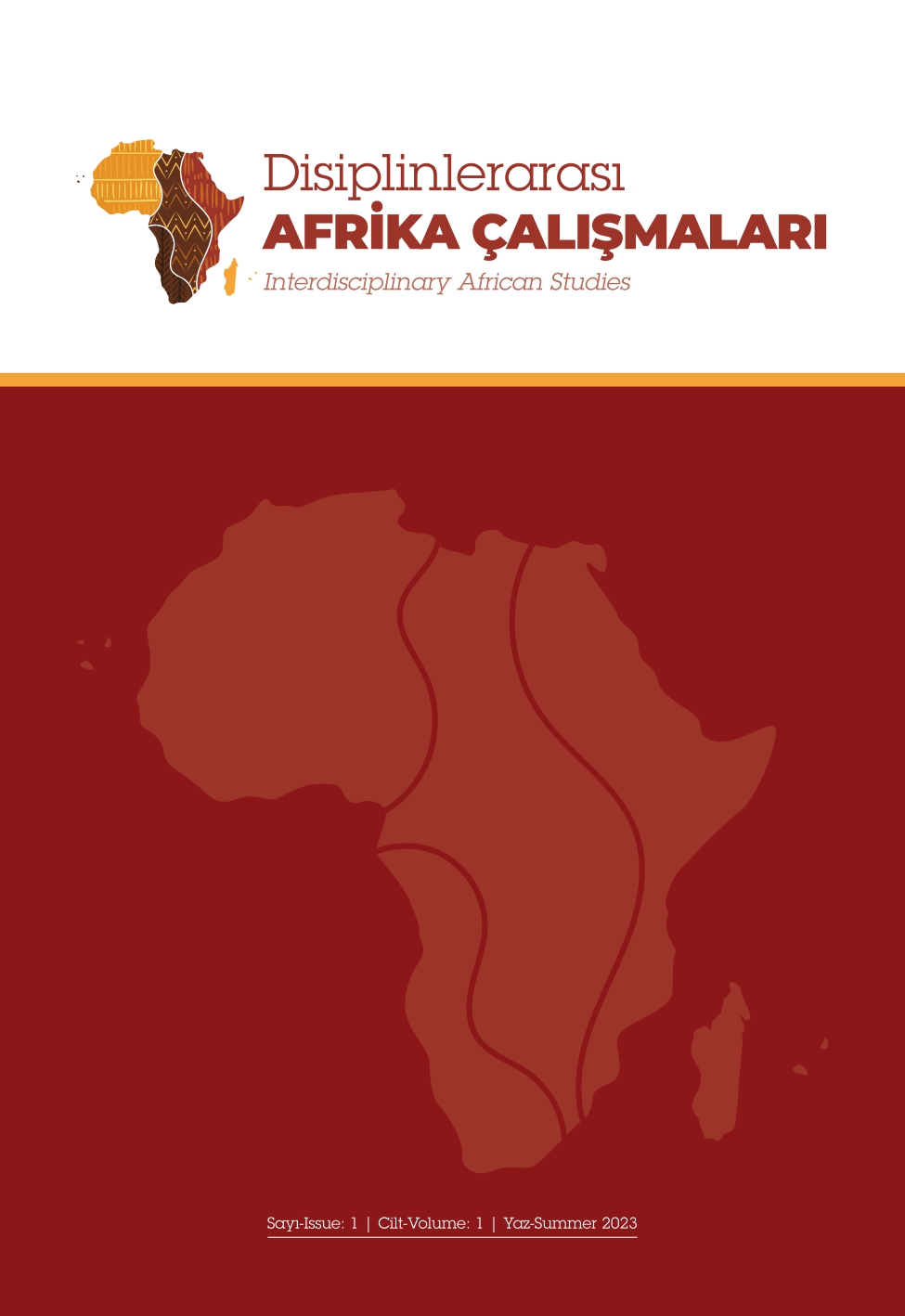Community Radio and the Audience in Uganda: A Survey on the Community Radio Performance of Community Service.
Keywords:
Community Radio, Communities, Broadcasting, Audience, UgandaAbstract
Most of Community radio (CR) stations in Uganda are run, managed, controlled and owned by the communities for easy service delivery to the population living in those communities. Meanwhile, few radio stations are owned and controlled by non-governmental organizations (NGOs), private individuals and government to monitor service delivery of these institutions to their receivers. Other radio stations under different institutions are profit making channels. Despite owners’ restrictions and government censorships, CR stations give chance to communities to have “total control” over their stations by allowing people to participate in community decision making through airing their voices and views. CR stations educate masses, sensitize them on health matters, involve in crime prevention, and fight domestic violence. They also play culture and religious empowerment role and serve the interests, needs and aspirations of the communities. In different parts of Uganda, CR stations broadcast in the minimum of two languages including local and international languages to reach their targeted audiences. The understandable languages used plus public’s voluntary participation in programming helps to improve performances of CR radios and to strengthen the relationship between stations’ management and the audiences. This paper talked about simple back ground of radio development in Africa and Uganda in particular to have a hint on the roots of CR in Uganda. Meanwhile, it is indicated that 60 percent of CR stations target audiences only at regional level, 20 percent reach at national level, 20 percent community level and no station reached international level by the time this survey was conducted. Despite challenges, CR stations managed to be in good relationships with the masses although some stations divert from their major goal of serving communities to commercial broadcasting.
References
Banjade, A. (2006 June). Voice to the voiceless in Western Nepal: An audience survey of Community Radio Madanpokhara. The Journal of Development Communication. Volume 17 (1): 72-91.
Colin Fraser and Sonia Restrepo Estrade, (UNESCO 2011) Community radio handbook.
Daily Monitor Newspaper, 27 April 2014, The 20-year journey of FM radio in Uganda. Retrived 12, May, 2016, from https://www.monitor.co.ug/Magazines/Life/The-20-year-journey-of-FM-radio-in-Uganda/689856-2294296-1dsyub/index.htmlEconomic and Political Weekly, Vol. 38, No. 22 (May 31 - Jun. 6, 2003), pp. 2188-2197[Journal]
Fredrick Stuart, April 1963 whatever happened to radio? Vol. XI, No. 7 http://trove.nla.gov.au/version/13478483
Jo Tocchi, May 31, 2003, Promise of Citizens’ Media Lessons from Community Radio in Australia and South Africa
Job Creation and Enterprise Development Department,Small Enterprise Development Programme (International labour organisation), 2005, Mass media case study, Radio for small enterprise in Uganda.
John Van Zyl, (2003). Community radio – The peoples’ voice, 1st edition, Sharp Sharp Press.
Marcelo Solervicens & Zoe Plaugher, 2007, AMARC community radio social impact assessment removing barriers increasing effectiveness.
Mary Myers 2008, Radio development in Africa, A Concept Paper Prepared for the International Development Research Centre (IDRC) of Canada.
Mefalopulos Paolo, (2003). Theory and Practice of Participatory Communication: The case of the FAO Project in Communication for Development in Southern Africa University of Texas Unpublished PHD Thesis.
Mehra Masani 1976, Broadcasting and the people, New Delhi: National Book Trust, India, 1976.
Nigel Mathers, Nick Fox & Amanda Hunn, 2009, The NIHR RDS for the East Midlands / Yorkshire & the Humber 2009 2 Surveys and Questionnaires.
Re-thinking the workings of community radios: how community is a community radio in Uganda (2014). A study by the Unwanted Witness Uganda, With support from OSIEA
Saima Saeed, Development in Practice, Vol. 19, No. 4/5 (Jun., 2009), pp. 466-478 [Journal]
Thomas Bongani Hart, 2011, Community Radio: The Beat that Develops the Soul of the People?: A case study of XK fm as a SABC owned community radio station and its role as a facilitator of community based development.
Tracey Naughton, 1996, Community Radio: A Voice for the Voiceless, No 31.
Vinod Pavarala - 2003, Building Solidarities: A Case of Community Radio in Jharkhand.
World Bank, 2002. The Right to Tell: The Role of Mass Media in Economic Development World Bank: Washington DC
Yalala Nirmala, 2015 The role of community radio in empowering women in India, MediaAsia Volume 42, Issue 1-2
Downloads
Published
How to Cite
Issue
Section
License
Copyright (c) 2023 Interdisciplinary African Studies

This work is licensed under a Creative Commons Attribution 4.0 International License.






